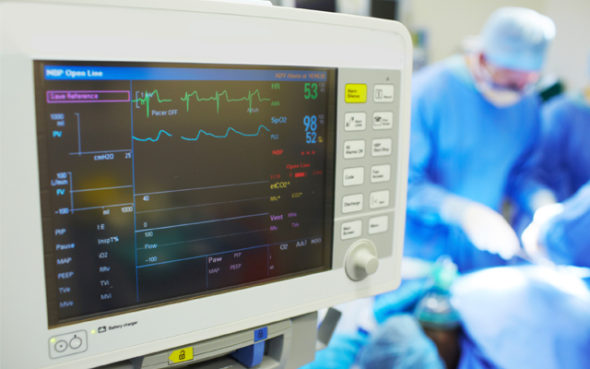
This content is sponsored and does not necessarily reflect the views of ASDA.
“Practice makes perfect.” It’s the cornerstone of dental and medical education and training; but how do we obtain hands-on, practical experience in treating the rare or unusual case, or the life-threatening emergency? A generation ago, dental and medical students largely relied on textbooks, lectures, videos and slide presentations to learn about atypical situations that did not often present themselves during their clinical rotations.
Today, we can and are doing better. Evidence-based methodology, technology and a renewed emphasis on a culture of safety in the dental and medical office have opened up new and innovative learning opportunities. Simulation training is one of the fastest growing and most exciting of these ventures.
Simulation training itself is not new. It has been around for years. Many of us remember Resusci-Anne, the realistic simulator that was developed in the 1960s and is still being used to teach mouth-to-mouth resuscitation in CPR courses.
Technological advancements during the latter part of the 20th century and the early 2000s built on these early models with software and computerized systems that mimicked physiologic responses and provided real feedback. These too have been greatly enhanced in recent years. While the first programs allowed a hands-on experience, they lacked the urgency and unpredictability of a real life situation – a dilemma that has been corrected in the latest generation of simulation programming.
What are the benefits of simulation training? Simulation technology provides a hands-on learning experience with computerized mannequins that may be programmed to replicate real practice situations and respond instantly to the user’s decisions and actions. Moreover, simulation provides a safe and controlled environment for students and seasoned practitioners who are seeking to maintain their skills through continuing education programs. It is a reliable educational assessment method.
Dental specialties are utilizing simulation technology to develop continuing education programs for their members. The American Association of Oral and Maxillofacial Surgeons, for example, offered the Sim-Man anesthesia training program at the association’s annual meeting for many years as a component of the preconference Anesthesia Update session. A competitive Sim-Wars was a highlight of the course.
This year the AAOMS announced plans to replace Sim-Man with a new, state-of-the-art Office Anesthesia Simulation Course to help the OMS anesthesia team hone their skills and assess their readiness to meet office-based anesthesia emergencies.
The new OMS simulation course is comprised of three parts, which include the:
- Basic Emergency Airway Management Course, or BEAM;
- Office-based crisis management course; and
- IV sedation course.
The BEAM course, the first of the three to be offered, will be available next year.
The technology employed by the new training program allows for a standardized experience that automatically evaluates the performance of every team member and pinpoints those areas that may benefit from additional training.
Anesthesia is just one of many areas of dentistry that may benefit from simulation training, and the technology that enables it will only expand those opportunities and enable us to provide our patients with a safe and comfortable environment.
~AAOMS, MyOMS.org




